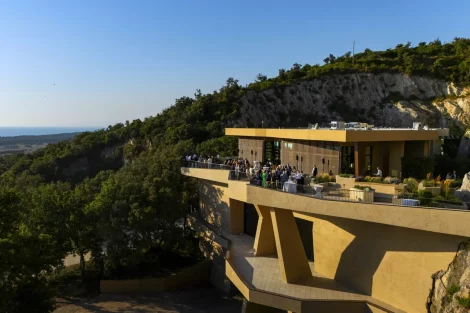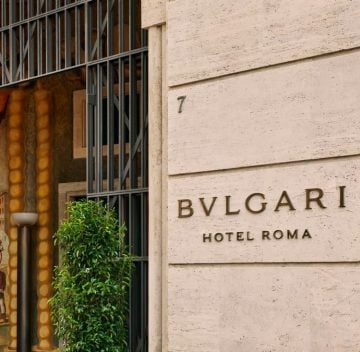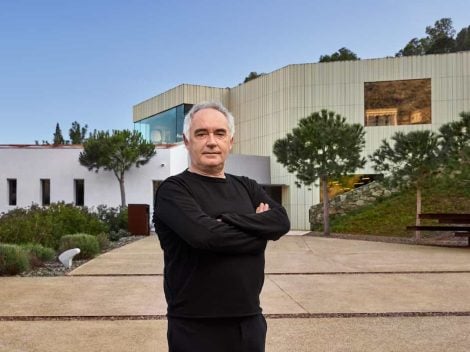by Maria Sole Betti
While the world anxiously awaits the beginning of the Conclave that will elect the 267th Pontiff, behind the closed doors of the Sistine Chapel, another equally important matter is at play: the dining table. For the days of reflection, discussion, and prayer beginning on Wednesday 7 May, the cardinals' meals have been planned with meticulous care. A diet designed to support both mind and body, supervised by the Daughters of Charity of Saint Vincent de Paul who, as reported by Il Messaggero, will oversee the cardinal college's domus and take charge of meal preparation.
The watchword: lightness
The Conclave menu is based on a simple but essential principle: provide energy without heaviness, as advised by nutritionist Giorgio Calabrese to Adnkronos. It’s a formula not far removed from the meals typically served in the Santa Marta canteen—when the residence functions as a simple guesthouse—with dishes expected to be replicated for this occasion. The aim is clear: to ensure a strict and balanced diet, capable of sustaining a body and mind engaged in a crucial task, while fully respecting individual dietary needs and medical conditions such as diabetes, common among the 133 cardinals present.
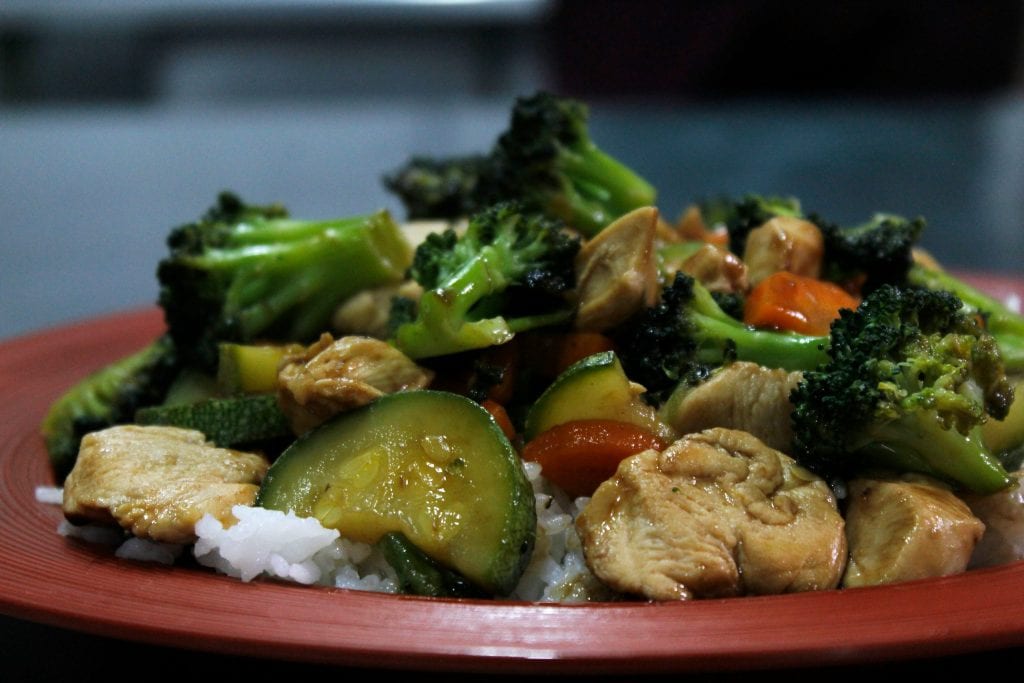
Breakfast, lunch, and dinner
So, no maritozzi, carbonara, or abbacchio, then. In their place, a light breakfast of tea or coffee, toast or fette biscottate (crisp bread) served with jam or honey. A solution to start the morning with a clear mind, avoiding sugar spikes that might compromise concentration. The stomach will be filled later at lunch, composed of simple yet nourishing dishes. Pasta or rice with light sauces, white meat, oven-baked fish, seasonal vegetables directly from the Vatican gardens, salads, and fresh fruit. This is the selection for the main meal— foods that are minimally processed but rich in vitamins and minerals. Dinner, on the other hand, will be more frugal and quick, to avoid disrupting sleep and allow for restful recovery. At the table there will be water and wine, while spirits and overly fatty foods such as eggs and bacon—often preferred by cardinals from Northern Europe—will be off the menu, being deemed unsuitable for the occasion.
A sober diet and maximum discretion
The current diet is the result of a long evolution. In the Middle Ages, the Conclave could last for years—as happened between 1268 and 1271—when Pope Gregory X imposed a strict diet to discourage excess: one dish per meal after three days, and only bread, wine, and water after eight days without a decision. During the Renaissance, on the other hand, meals were rich and elaborate, with four-course menus and delicacies like the famous cardinal’s timballo. Today, the dietary regime is simple and sober, in keeping with the context of total isolation in which it takes place.
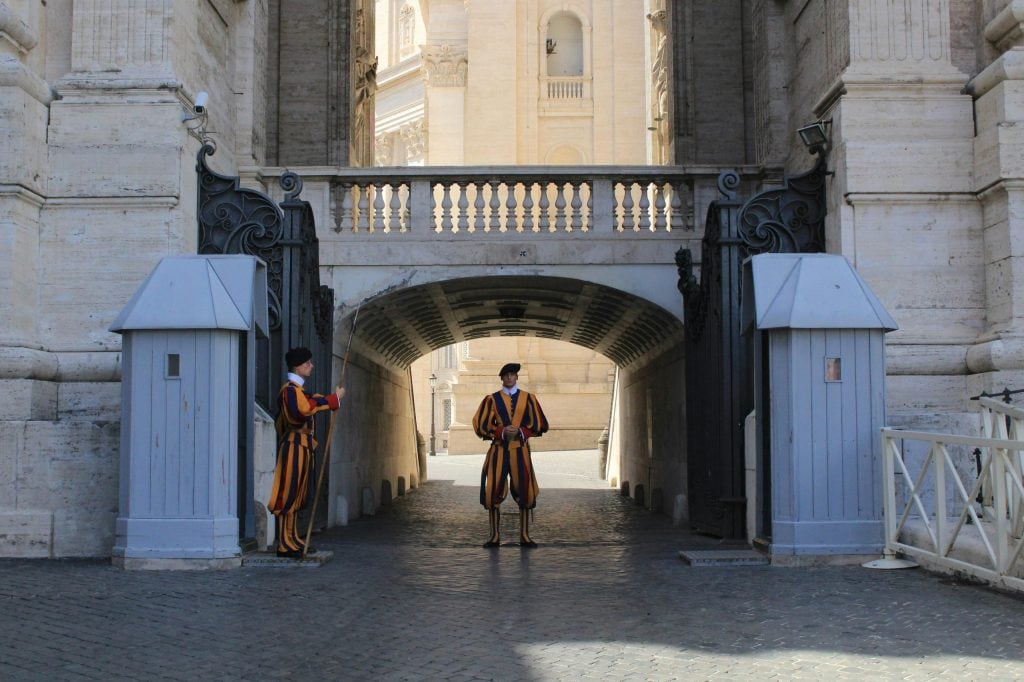
From 4:30 PM on 7 May 2025, the cardinals are completely cut off from the outside world. Smartphones, tablets, and all communication devices are strictly forbidden, with jammers installed to block signals and anti-drone films applied to windows to ensure maximum privacy. This procedure also applies to the kitchen and dining staff. Trusted cooks and lay staff already working in St Peter’s will be subject to strict confidentiality rules, with limited contact with the cardinals only when necessary for service, and cameras installed in the kitchens to prevent any risk of interference or unauthorised communication.

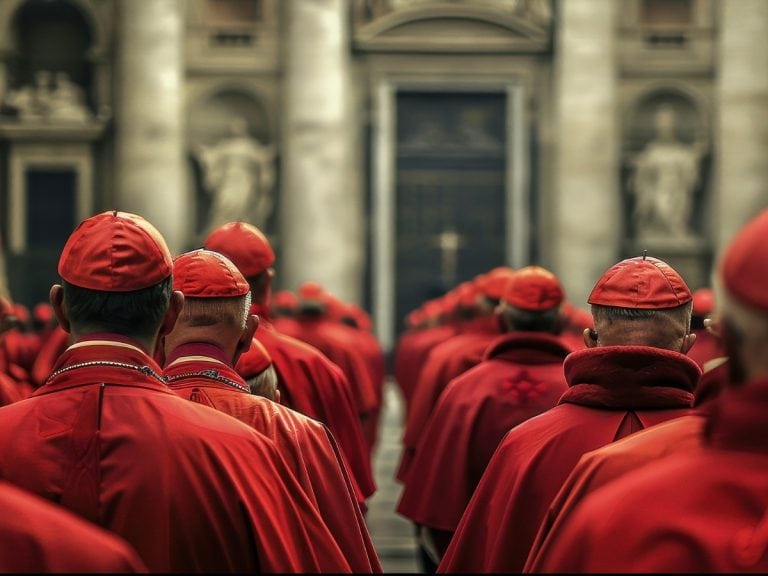
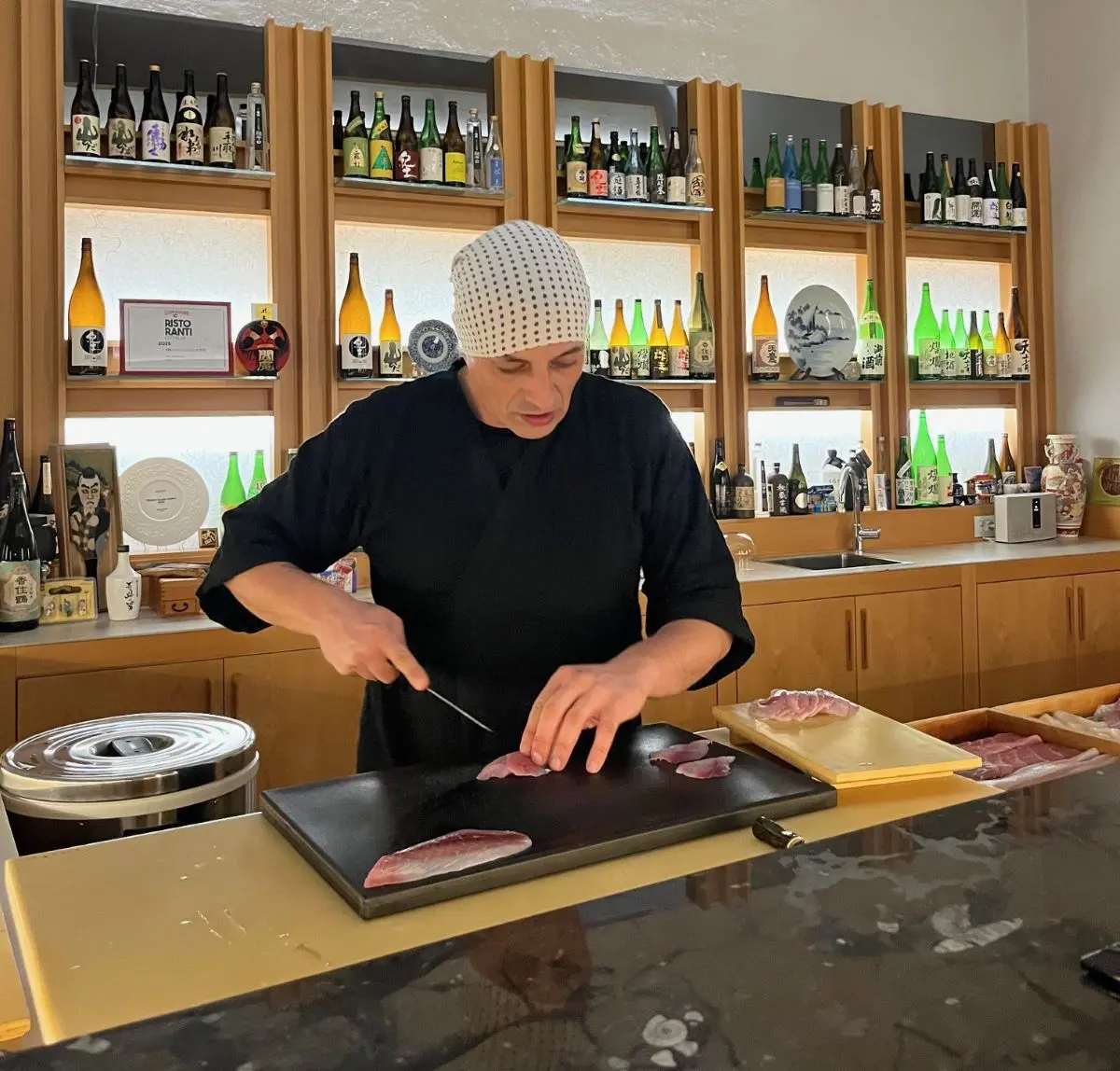 Here are the secrets of one of the best Japanese restaurants in Italy
Here are the secrets of one of the best Japanese restaurants in Italy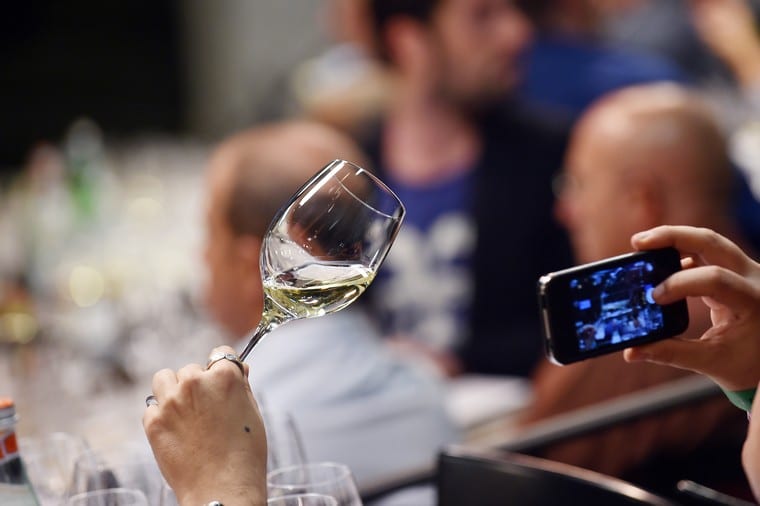 'Falanghina del Sannio will soon become a DOCG'
'Falanghina del Sannio will soon become a DOCG'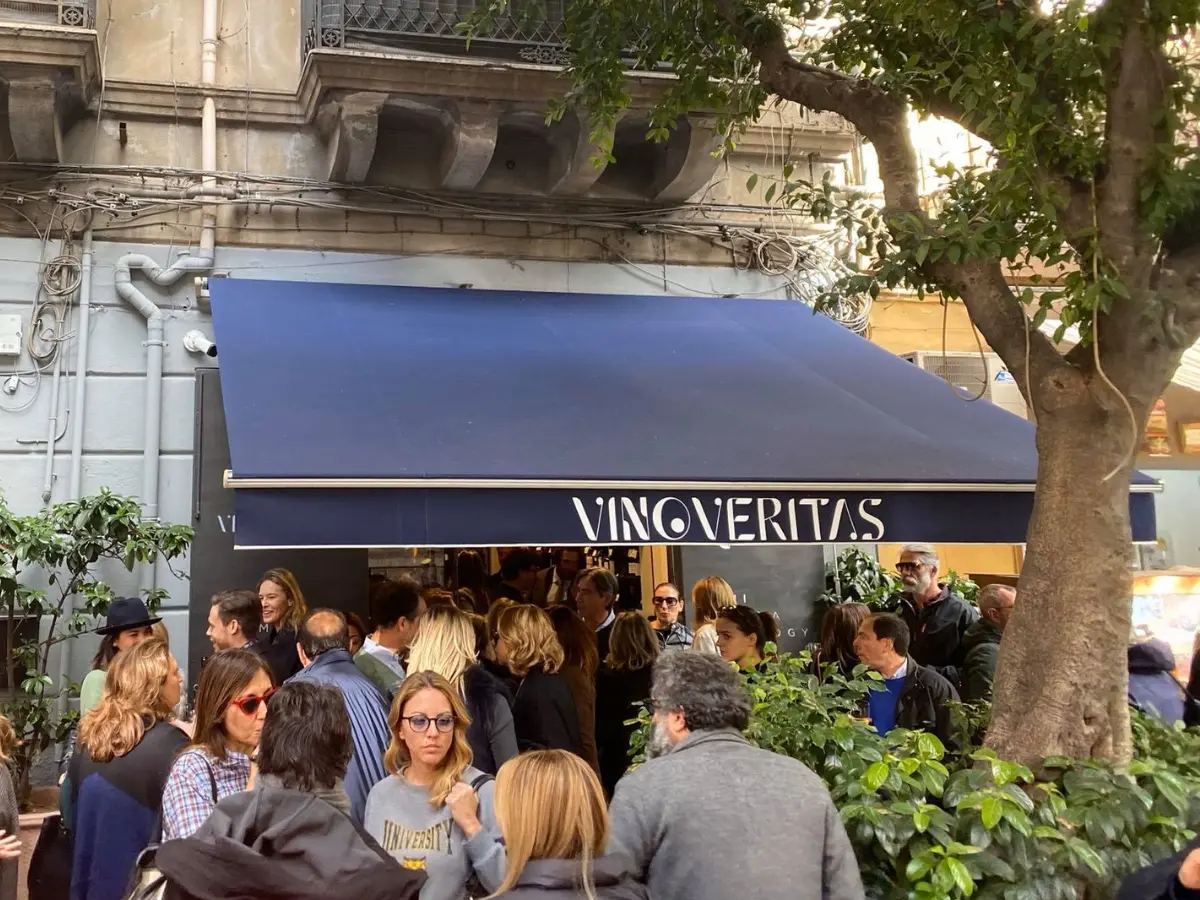 In Palermo there is one of the new best wine bars in Italy according to Gambero Rosso
In Palermo there is one of the new best wine bars in Italy according to Gambero Rosso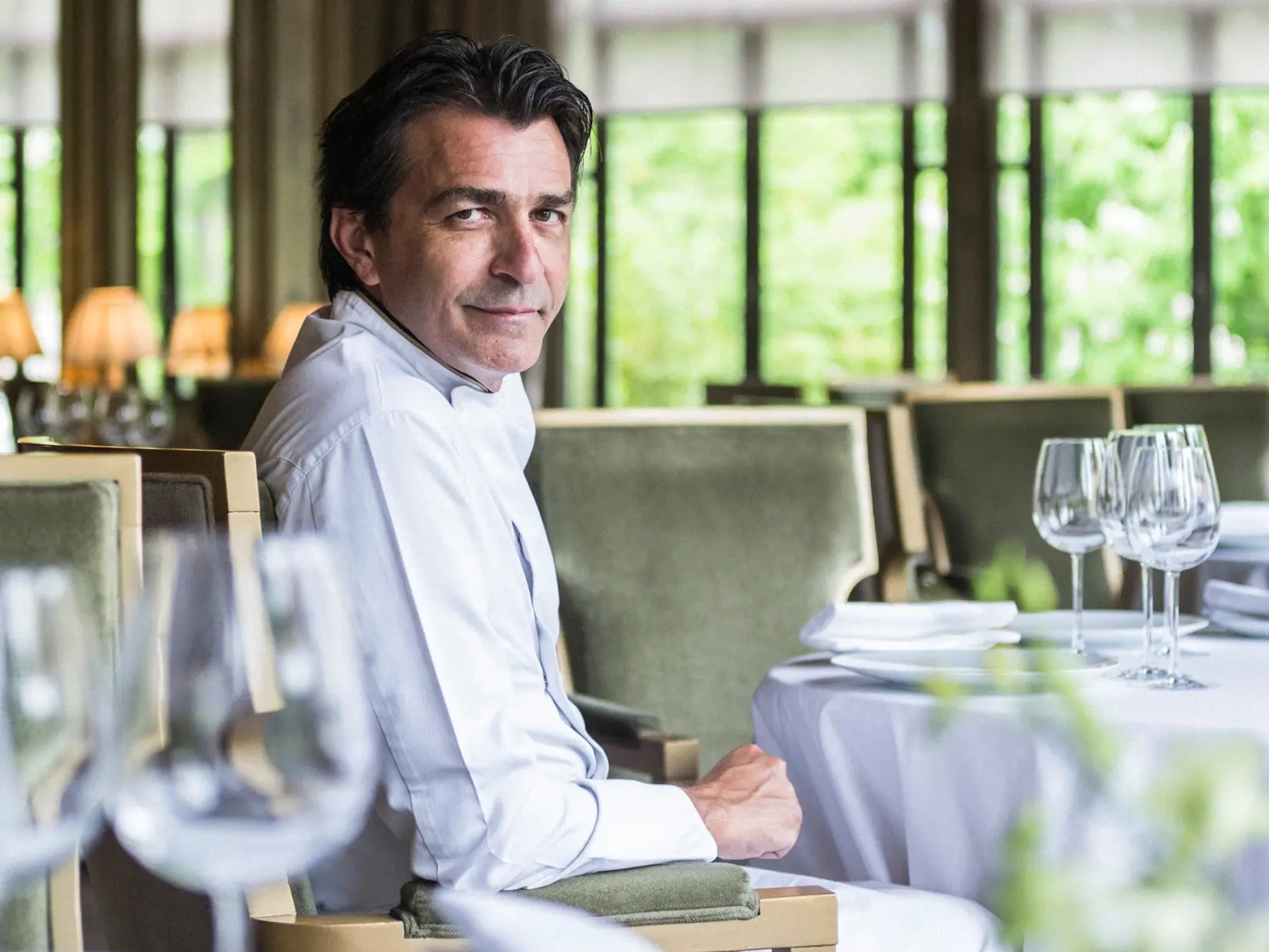 Yannick Alléno: 'No crisis in fine dining, but the future lies in tradition'
Yannick Alléno: 'No crisis in fine dining, but the future lies in tradition'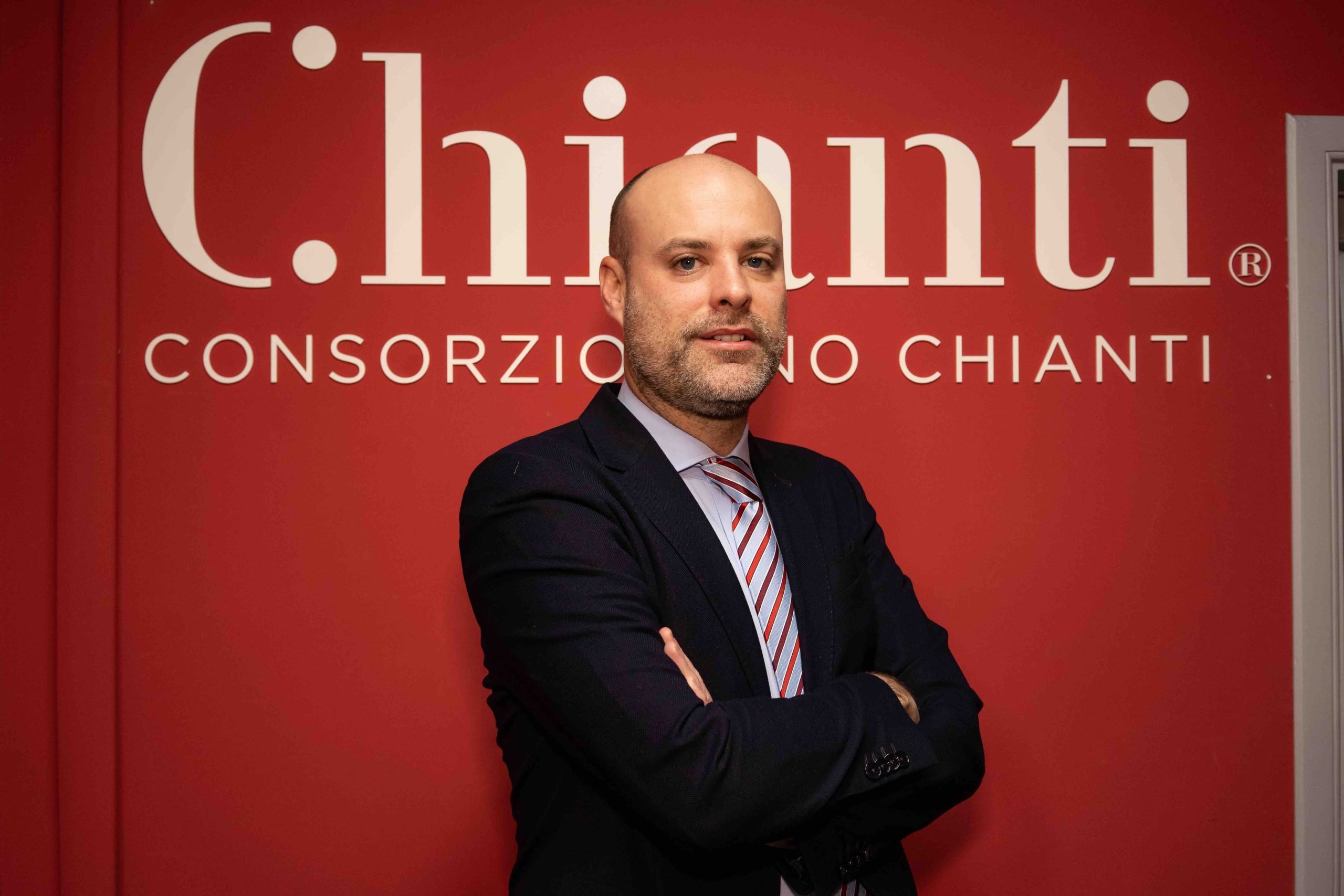 Q&A: Saverio Galli Torrini, director of the Consorzio Vino Chianti
Q&A: Saverio Galli Torrini, director of the Consorzio Vino Chianti


